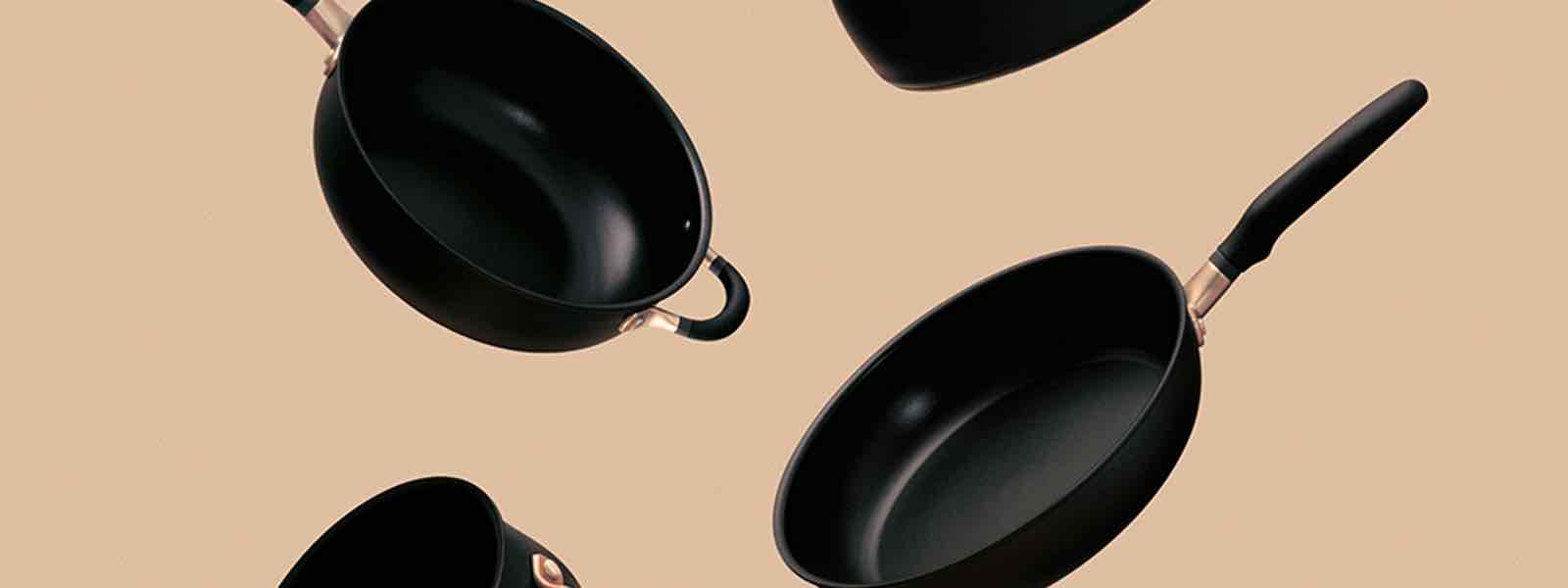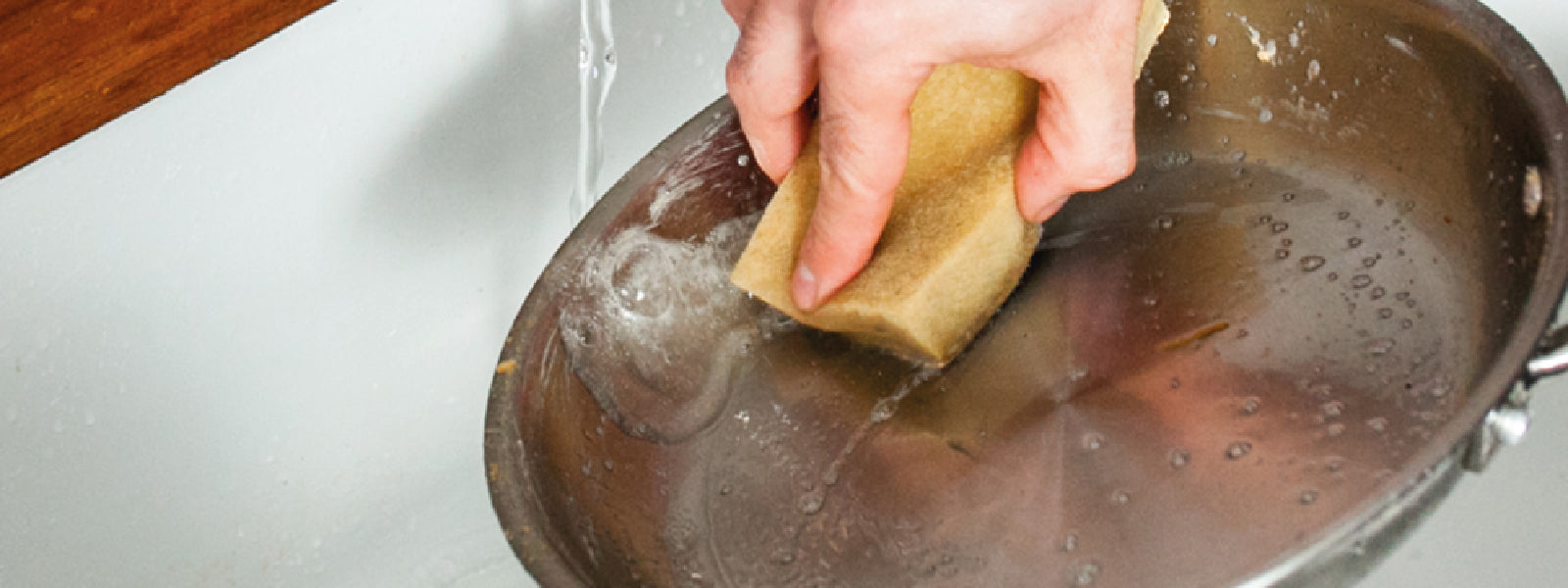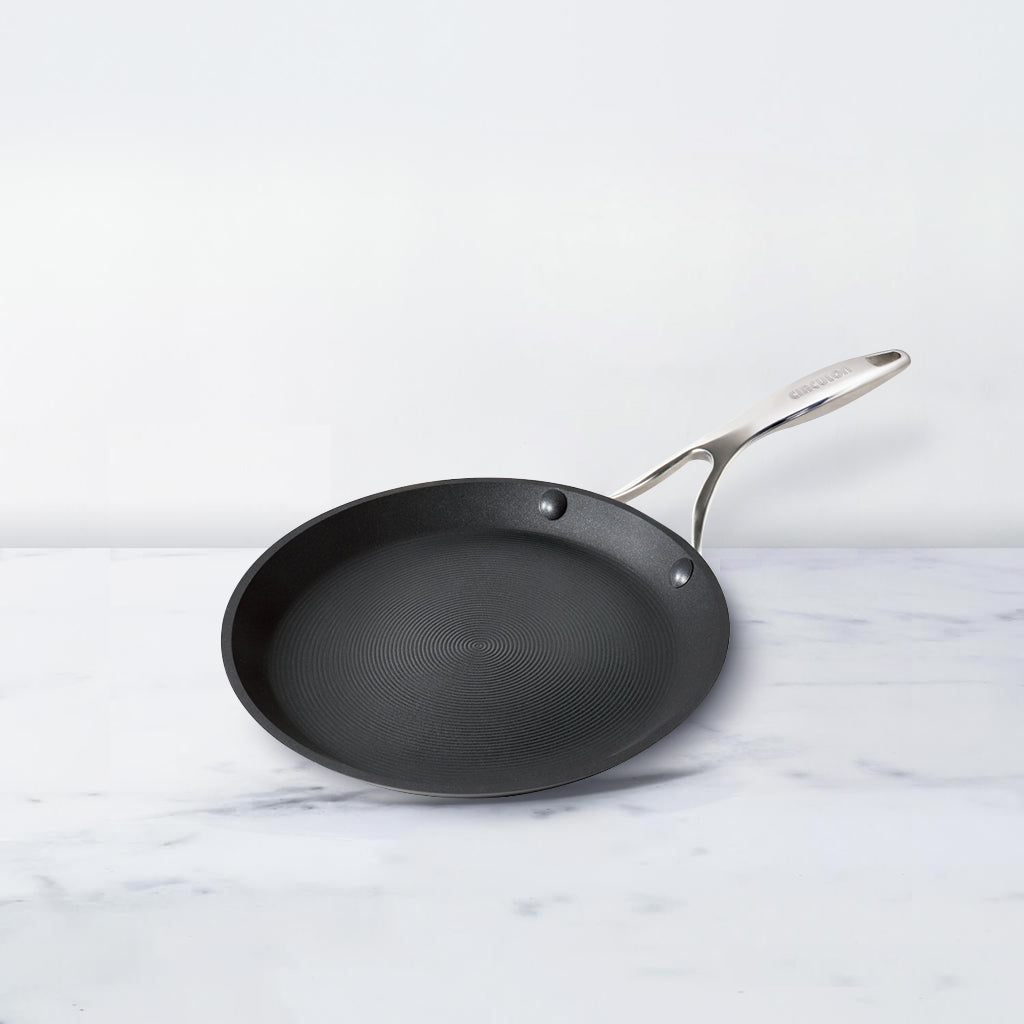Life is spice. In our everyday lives, we all want a little salt and spice. similar to food. Any meal's soul and heart are its Indian spices. Shahi Jeera, commonly known as caraway seeds, is one of the many types of Indian spices that may be used to spice up a dish.
Caraway seeds, sometimes referred to as black cumin or black seed, give food a smoky, earthy taste. Shahi Jeera, which is darker than regular cumin seeds and has a sweeter flavour, is also used in masala tea. It serves as a key component in Garam Masala.
Table of Contents
What is Shahi Jeera?
Shahi Jeera (also known as Sajeera or Kala Jeera) are the dark brown to black coloured caraway seeds. They are indigenous to northern Africa, western Asia, and Europe. The plant has finely split, feathery leaves with thread-like divisions that grow on 20–30 cm stems and resemble other members of the carrot family in appearance. Small white or pink blooms are arranged in umbels along the main flower stalk, which grows 40–60 cm tall. Caraway fruits (mistakenly known as seeds) are 2 mm long, crescent-shaped achenes with five light ridges.
Taste of Shahi Jeera:
This rich spice gives food a strong, distinctive aroma that is reminiscent of the Mediterranean region. This fragrant spice can also be cooked with rice for a nutty and peppery flavour, added to dried vegetables and curry pastes, and baked into breads, cookies, and cakes.
Health benefits of Shahi Jeera:
Shahi Jeera is a wonder spice with fantastic health benefits that is also used to make medications. Here are just a few of the many health advantages that this amazing spice has to offer:
- Good for Digestion: As a carminative, it aids digestion and relieves flatulence. It is also believed to help treat colic.
Beneficial for the Respiratory System: The seeds are commonly used as a remedy for coughs and bronchitis.
Good for Skin: It is thought to help manage conditions like psoriasis, dry skin, and eczema.
Supports Heart Health: It is believed to improve cardiovascular health and assist in regulating blood sugar levels, making it beneficial for heart health.
Beneficial for Women’s Reproductive Health: It is also considered helpful in supporting women’s reproductive health.
How to use shahi jeera for cooking?
Shahi Jeera should be added at the end of cooking since if it is simmered on heat for an extended length of time, its flavour may become harsh. Before adding the seeds to a dish, lightly toast them in hot oil or dry roast them.
Shahi jeera vs Caraway seeds vs Nigella seeds
Shahi Jeera, caraway seeds, and nigella seeds are often confused due to their similar appearance but differ in taste and benefits. Shahi Jeera, also known as black cumin, has a milder, sweeter flavor and is commonly used in Indian cuisine. Caraway seeds, with their slightly nutty and peppery taste, are typically found in European and Middle Eastern dishes. Nigella seeds, often referred to as kalonji, have a more pungent, bitter flavor and are used in a variety of savory dishes, especially in South Asian cooking. While all three seeds offer digestive and health benefits, their distinct flavors make them unique in culinary applications.
Shahi Jeera
The generic name of Shahi Jeera is Bunium, and it is a member of the Apiaceae family. Shahi, which means royal in Hindi and is frequently used as a substitute for caraway seeds, gives royal cumin its name. They have a flavour that is somewhat milder than cumin (Cuminum Cyminum).
Use a modest bit of jeera if you can't locate shahi jeera in your pantry (cumin).
Shahi jeera is referred to as Syahi Jeera since the Persian word syahi, which gives kala jeera its name, means "black." There are two different kinds of it; one has the scientific name Bunium Bulbocastanum and is black in colour. It resembles cumin but is longer and grown in Kashmir. The other is Bunium Persicum, which has a moderate flavour and a jeera-like appearance. Many people mistake kala jeera for kalonji seeds (Nigella Sativa)
Caraway seeds
The genus Carum, which includes caraway seeds, is a member of the Apiaceae family. The aniseed, dill, and mint flavours in these seeds give them a nutty flavour. JAniseeds can be used as a replacement for caraway if you can't locate any.
Meyer Select Stainless Steel Straining Saucepan 18cm (Induction & Gas Compatible)
Nigella seeds
Nigella seeds is an annual flowering plant that comes from Western Asia and the Middle East. It is in the family Ranunculaceae. They taste strong and nutty and can be used whole or ground into a powder.
They are called kalonji seeds (in Hindi), kala jeera /kalo jiro (in Bengali) and karum jeerakam (in Tamil). They are an ingredient in Panch Phoran Masala. They are also used to make Indian flat breads and rye breads (Naan)
Conclusion:
Shahi Jeera is more than just a culinary spice—it is a powerhouse of health benefits and therapeutic properties. Its ability to enhance flavor and support overall well-being makes it an indispensable ingredient in kitchens and natural remedies. Incorporating Shahi Jeera into your daily diet can enrich your meals while contributing to a healthier lifestyle.













Leave a comment